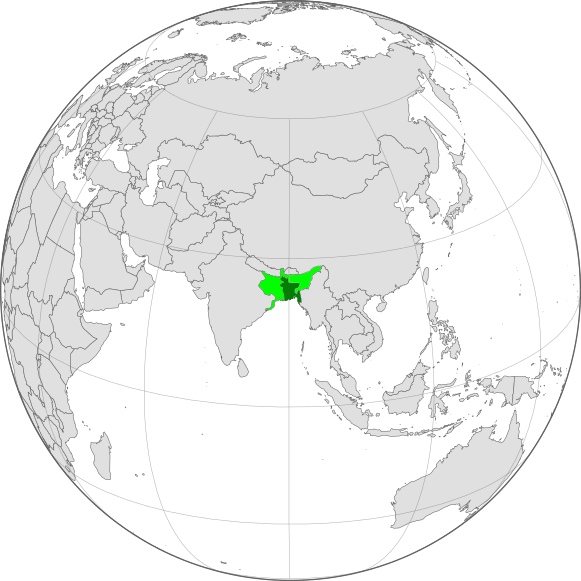This is the detail list of Bangladesh various government formed since its declaration of Independence . The mentioned date is the forming date of the Government . The GDP data collected from world bank data center .
| No | Governments of Bangladesh | Date | GDP |
| 1 | Provisional Government of Bangladesh – | April 17, 1971 | GDP: $ 8.75 B |
| 2 | First Government of independent Bangladesh – Mujib 1 | January 12, 1972 | GDP : $6.28 Billion |
| 3 | The Fist Elected Govornment of Bangladesh – Mujib 2 | March 16, 1973 | $8.08 Billion |
| 4 | Bangladesh Krishak Sramik Awami League (BaKSAL) – GDP : | Januarry 25 ,1975 | $19.44 Billion |
| 5 | Cabinet of Killers- Mostaq Military dictatorship | August 15, 1975 | |
| 6 | Military dictatorship – Ziaur Rahman | November 6, 1975 | |
| 7 | Army chief as President: Ziaur Rahman | April 21, 1977 | GDP : $9.65 Billion |
| 8 | Ershad – Military dictatorship | May 30, 1981 | $20.25 Billion |
| 9 | Ershad – Military dictatorshi | March 24, 1982 | $18.52 Billion |
| 10 | 1st Caretaker Govornment | December 6, 1990 | $31.59 Billion |
| 11 | BNP -2nd Khaleda Zia Govornment | March 20, 1991 | $30.59 Billion |
| 12 | 2nd caretaker Government | March 30, 1996 | $40.43 Billion |
| 13 | Awami League – First Sheikh Hasina Cabinet | June 23, 1996 | $40.43 Billion |
| 14 | 3rd caretaker Government | July 15, 2001 | $53.99 Billion |
| 15 | BNP- 3rd Khaleda Cabinet | October 10, 2001 | $53.99 Billion |
| 16 | 4th Caretaker Govornment | October 29, 2006 | $71.81 Billion |
| 17 | 5th Caretaker Government – Fakhruddin/ Military watch | January 11, 2007 | $79.81 Billion |
| 18 | Awami League – 2nd Sheikh Hasina Cabinet | January 6, 2009 | $79.61 Billion |
| 19 | Awami League – 3rd Sheikh Hasina Cabinet | January 24, 2014 | $172.88 Billion |
| 20 | Awami League – 4th Sheikh Hasina Cabinet | January 7, 2019 | $249 Billion |



